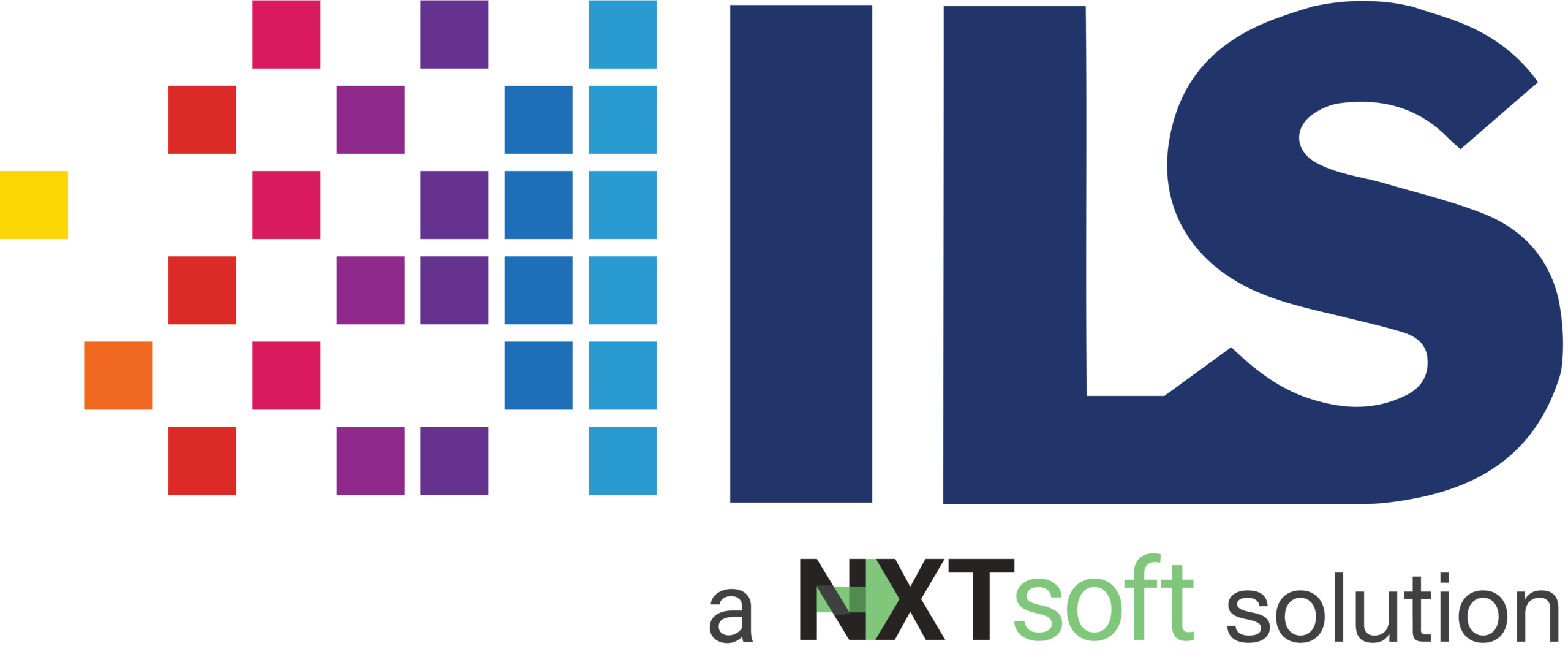
How to Take the Pain Out of Data Conversions
Brought to you by ILS

The phrase “data conversions” conjures up thoughts of exorbitant cost, lost time, challenges, roadblocks, stressful days and potentially sleepless nights.
There are always a lot of moving parts in a bank. Your financial institution may be currently going through, have recently completed or are planning a merger or an acquisition. Your bank might be in the process of implementing a new core system. These major changes can create excitement around growth, new business systems and additional opportunities that enhance the client experience.
But on the back end of these situations, there is a lot of data that your financial institution must retain for at a minimum of seven years. This data management has traditionally been an expensive hassle. Historically, we have seen banks usually settle on one of three options to manage it:
- Do nothing. Just leave the archive data in the legacy system.
- Decommission the legacy system or systems and move the archive data to an external storage device.
- Let the core provider manage the data conversion, with the bank doing most of work to map the legacy data.
All three of these options can create significant issues for the bank. Doing nothing means a bank has to keep all of its legacy system and the hardware it sits on, creating unnecessary expense to your bank. Bank personnel must also navigate separate, non-connected systems, increasing the risk of error.
But simply moving the data to an external storage device presents similar challenges. Banks may save some money by moving the data, but your team has to locate the external device just to begin to do research during any audit or subpoena – that is, if the device can be found in adequate time and no data corruption has taken place.
This leaves the option most banks select: a traditional full data conversion, usually handled by the core provider. A traditional conversion approach can cost, on average, anywhere between $50,000 and $300,000, depending on the amount of data being converted. On top of that, major core providers can have a backlog of up to 12 to 18 months on legacy data conversions. Lastly, most core providers require that a bank’s data be shipped from the bank’s secure site, in a certain format, to them. Statistically, 97% of the data is never used by the bank. That means this option creates an immense expense for the bank, can have an extended loss of time and carries the elevated risk of “shipping” the data out, all for a 3% utilization rate.
But fortunately, there is a fourth option available for banks. This non-conversion option gives firms complete access to their legacy data in a fraction of the time, at a fraction of the cost.
Instead of going through the cumbersome and expensive traditional process, your bank would import the data, in its native format, into a browser-based research platform. The data is never converted or altered. The importing is done within the bank’s secure environment, and is never at risk for leaving your network. Once the bank completes the import process, your team has full access to all archived data for research, audit or subpoena purposes within 48 to 72 hours.
This option results in a lower cost of conversion, because there is no actual conversion, as well as a shorter timeframe to access the data and a much-decreased risk level for the bank due to nothing leaving the secure environment. Additionally, the pressure is off the bank’s personnel to carry the weight of the conversion process. Team members can focus on their daily roles, while the heavy lifting is done by an experienced conversion team whose sole focus is conversions.
Data conversions and migrations can be an intimidating and daunting task for any institution. But the right strategy and the right partner to carry out the strategy can transform this challenging task into a small part of the process that benefits both the bank and its clients.

